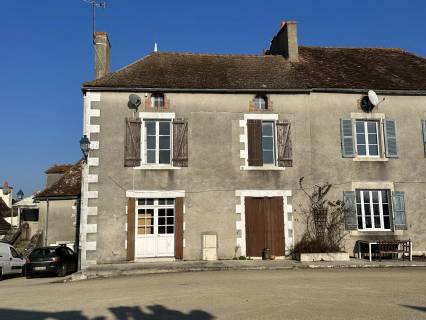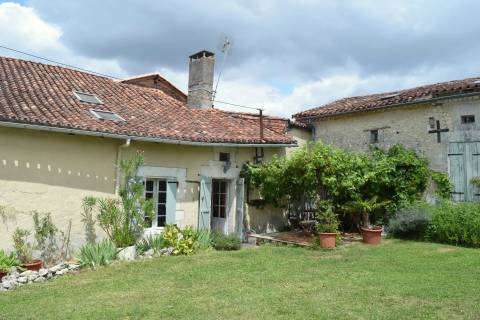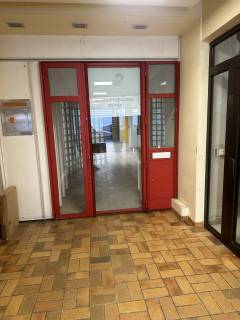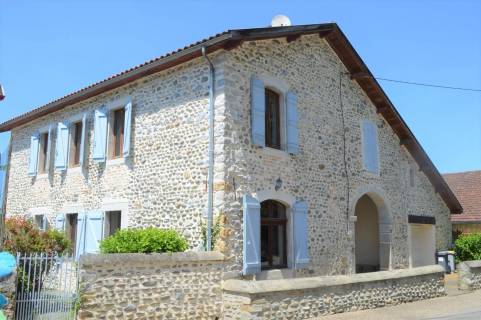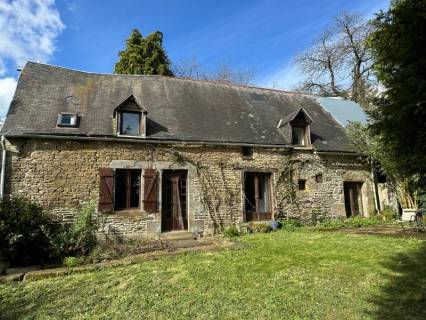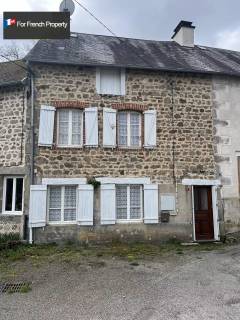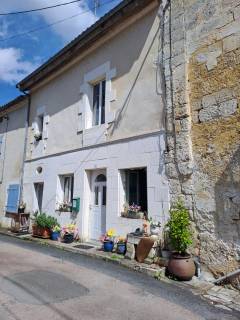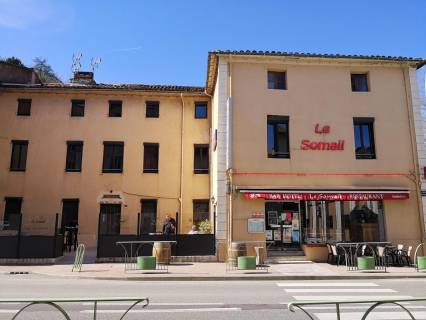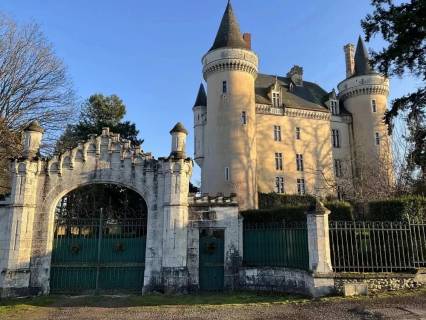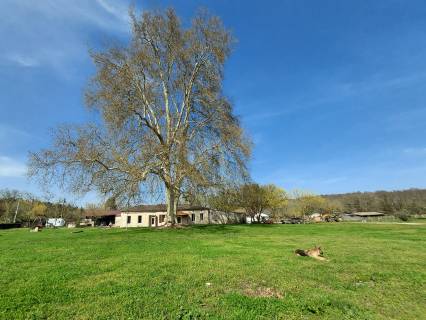Dec 132018
For anyone who loves the idea of living on the Mediterranean, but is put off by the elevated prices of the French Riviera, the city of Perpignan, close to the Spanish border, with its neighbouring seaside resorts along the Cote Vermeille, might be an excellent alternative, offering a lovely climate, beautiful beaches, and a fascinating mix of French and Catalan culture.
Perpignan
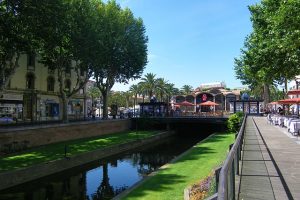 Lying just thirty kilometres from the Spanish border, Perpignan, the capital of the Pyrénées Orientales, is a popular tourist destination and former capital of the kingdom of Majorca. The city remains very much attached to its Catalan roots and culture, with many street names displayed in Catalan as well as French. In 2008 it became a Capital of Catalan Culture.
Lying just thirty kilometres from the Spanish border, Perpignan, the capital of the Pyrénées Orientales, is a popular tourist destination and former capital of the kingdom of Majorca. The city remains very much attached to its Catalan roots and culture, with many street names displayed in Catalan as well as French. In 2008 it became a Capital of Catalan Culture.
In restaurants, both Tapas and traditional French dishes are widely available. Many will feature locally produced ingredients such as figs and olives, and are often accompanied by the Catalan speciality Pa Amb Tomaquet, or bread covered in finely chopped tomatoes with olive oil.
Perpignan is an attractive city with a well-preserved historical centre, through which the river Basse flows, with beautifully planted gardens along its banks. There is much to see and do, with interesting monuments, annual festivals and a recently-opened indoor fresh produce market.
The station, once declared by artist Salvador Dali to be the centre of the world, is well serviced, with high-speed TGV trains stopping at Perpignan between Paris and Barcelona, and other services to Narbonne, Montpellier and Avignon. There are regular scheduled flights between Perpignan Airport and London Stansted, Birmingham and Southampton with Ryanair and FlyBe.
Highlights include:
- the Castillet, a small fortress and gateway to the city, built at the end of the 14th century; formerly a state prison, it is now home to a Catalan
- Museum of Popular Arts and Traditions, and is the city’s symbol
- the Moorish, Arabic and Spanish-style Palace of the Kings of Majorca, built in the 13th and 14th centuries on a high citadel, with gardens
- offering breathtaking views of the city and the Pyrenées
- the Gothic Cathedral of St John the Baptist, filled with sculpture, artwork, religious icons, ornate altars and stained glass windows
- the Campo Santo, the oldest funeral cloister in France, dating from the 14th century
- the narrow alleys and the market square in the Arab Quarter around the cathedral
- the Gothic style Loge de Mer, or town hall, built between the 13th and 17th centuries and originally the stock exchange, with a lively square
- where traditional Catalan folk dancers perform
- the Jardin de Sant-Vicens, a tranquil space filled with exotic plants and orange trees, with lovely views
- the Saint-Martin church, rebuilt in the 1920s in a mixture of Art Deco and Neo-Romanesque styles
- the Hyacinthe-Rigaud Museum, an 18th century mansion housing a collection of paintings and decorative arts, including works by Picasso, Maillol, Miro and Dufy
- the Casa Xanxo, a 16th century Gothic mansion whose facade is sculpted with a frieze showing the seven deadly sins
- The Hôtel Pams, a lavishly-decorated mansion with a stunning interior, now open to the public
- Les Halles de Vauban, a fresh produce market with a central eating court on the banks of the Basse, opened in 2017
- the station of Perpignan, declared by artist Salvador Dalí to be the centre of the world, with a statue of the artist on the station roof, and a brightly decorated ceiling in his honour
- annual religious festivals, such as the Sanch procession on Good Friday
Office de Tourisme de Perpignan website
Cote Vermeille
The Cote Vermeille is a stretch of beaches and bays that start south of Perpignan, and include Argelès-sur-Mer, the beautiful fishing village of Collioure, Banyuls-sur-Mer and the border town of Cerbère. The area also produces Banyuls fortified dessert wines, which are widely available in shops and restaurants.
Argelès-sur-Mer

There is also a lovely 3km long promenade, in part backed by a large pine forest, and a tree-lined port teeming with restaurants.
A short distance inland, Argelès is a pleasant Catalan-style town with narrow streets and an historic bell tower, located in the Church of Notre-Dame-del-Prat, which once served as a lookout post and signal station. At 34 metres high, it is open to the public and offers wonderful views across the region.
Office de Tourisme d’Argelès-sur-Mer website
Collioure
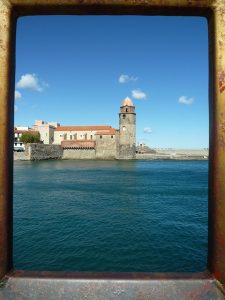 Arguably the jewel of the Cote Vermeille, Collioure is a popular tourist destination, with a lively medieval town centre, a royal castle, a lighthouse turned church, and a beautiful beach and harbour.
Arguably the jewel of the Cote Vermeille, Collioure is a popular tourist destination, with a lively medieval town centre, a royal castle, a lighthouse turned church, and a beautiful beach and harbour.
The summer residence of the court of Majorca between 1276 and 1344, Collioure was transformed into a Spanish border fortress at the end of the 15th century and became French in the mid 17th century.
More recently, Collioure became famous for attracting Les Fauves, or wild beasts, an artistic movement led by Andre Durain and Henri Matisse which included Georges Braque and Raoul Dufy. The movement, characterised by wild and bright colour combinations and brush strokes, may have been short-lived, but Collioure takes great pride in its contribution to it, and remains a popular place for artists to live and work today, with the narrow streets of the old town lined with art galleries and boutique shops.
The author Patrick O’Brien also lived in Collioure between 1949 and 2000, writing almost all of his sea-faring books there, and is buried in Collioure.
Anchovies are one of Collioure’s key industries, resulting in the town being awarded the ‘site remarquable du gout‘, or award of culinary excellence. They are prepared in many different ways and are widely available in shops and restaurants.
Highlights include:
- the beautiful seafront, with views of the castle and the church, lined with bars and restaurants
- le Chateau Royal, or Royal Castle of Collioure, constructed in the 13th century
- the Church of Notre-Dame-des-Anges, formerly a lighthouse, set upon a small peninsula in the sea, with a bell tower and Italian-style domed cupola
- the Quartier Mouré, the historic town centre, with narrow cobbled streets and pretty pastel-painted houses
- Fort Carré and Fort Rond, two fortresses built in the 18th century
- the 13th century monastery Cloitre des Dominicains
- the Path of Fauvism, a trail leading to twenty sites where Henri Matisse and André Derain painted, with reproductions of their paintings displayed at each site
- the Musée Peské, created by Russian artist Jean Peske, a Museum of Modern Art containing contemporary works by Cocteau, Descossy and Pignon, among others
Banyuls-sur-Mer
 Banyuls-sur-Mer is a coastal resort and scuba-diving centre set around a natural bay and port. The town itself has attractive narrow streets which wind steeply uphill, and above lies the Jardin Mediterranean du Mas de la Serre, a park filled with plants from around the world that are suited to the Mediterranean climate. Banyuls also has an aquarium on the seafront filled with plants and fish found in the waters nearby.
Banyuls-sur-Mer is a coastal resort and scuba-diving centre set around a natural bay and port. The town itself has attractive narrow streets which wind steeply uphill, and above lies the Jardin Mediterranean du Mas de la Serre, a park filled with plants from around the world that are suited to the Mediterranean climate. Banyuls also has an aquarium on the seafront filled with plants and fish found in the waters nearby.
Banyuls is also well known for its sweet and dessert wines, with the most popular places for wine-tasting being La Grande Cave and La Cave du Mas Reig.
Office de Tourisme de Banyuls-sur-Mer website
Cerbère

The village’s most attractive building is the art déco style Belvédère du Rayon Vert hotel, designed by the Perpignan architect, Léon Baille, and built between 1928 and 1932. Styled to resemble a ship, it has a cinema and a roof tennis court, and became an historic monument in 2002.
Office de Tourisme de Cerbère website
View properties for sale in the Pyrénées Orientales
We currently have this bargain 3 bed Villa for sale in Argelès-sur-Mer open to offers

